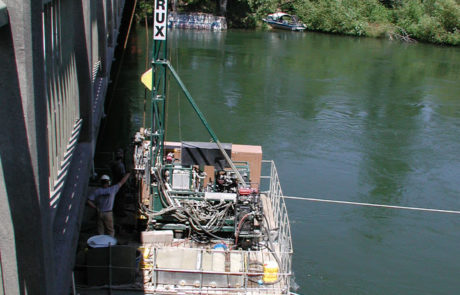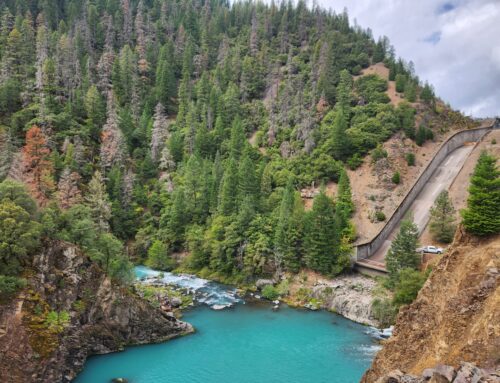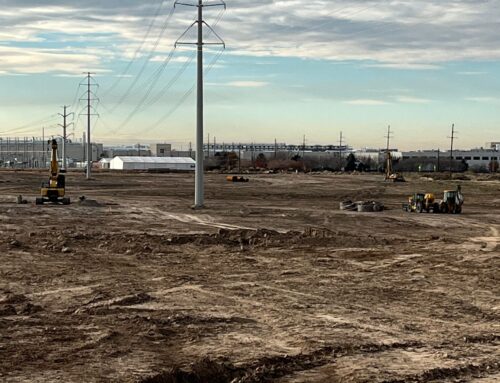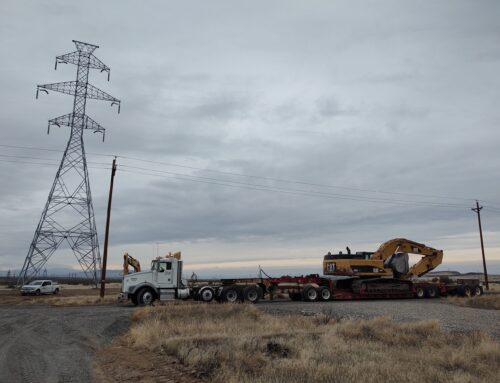
Barge Drilling for Bridge Replacement
The Argonne Road Bridge in Spokane Falls, Washington consisted of two merged spans, one built in the 1920’s and one in the 1970’s. Strong currents in the Spokane River had caused erosion around the bridge footings, and a study commissioned by Spokane County found that it would cost more to repair the scour damage and mitigate future damage than to completely replace the bridge. The County opted to replace the bridge with a new wider span.
Team Members
Spokane County Public Works
GeoEngineers
Crux Subsurface
Crux’s Role
Crux completed a geotechnical investigation of the proposed new bridge structure. Two borings were drilled on the upstream side of the existing bridge structure near each pier. Crux used an HWT advancer system and HQ advancer system, taking 3-inch samples in the upper alluvial materials. In the power portion of each hole, Crux used a 2-inch sampler to obtain samples of sands and silts. Each boring was drilled to a depth of 125 feet. The upper 50 feet of materials consisted of large cobbles and gravels. Below 50 feet, Crux encountered sands and silts with potential heaving problems. Crux controlled the hydrostatic pressure using drill fluids, which were contained and re-circulated during drilling on the barge deck. Cuttings were placed in containers located on a secondary barge for disposal off site.
Access to the sites was achieved with a custom barge and jet boat. Prior to mobilizing the barge and equipment upriver, Crux set several land lines and anchor points for barge stabilization. Due to spring runoff with high river flows at 18,000 to 20,000 cfs, stability of the barge was a major concern during moves. Using the jet boat, the barge loaded with drill equipment was transported two miles upriver to the project location.





